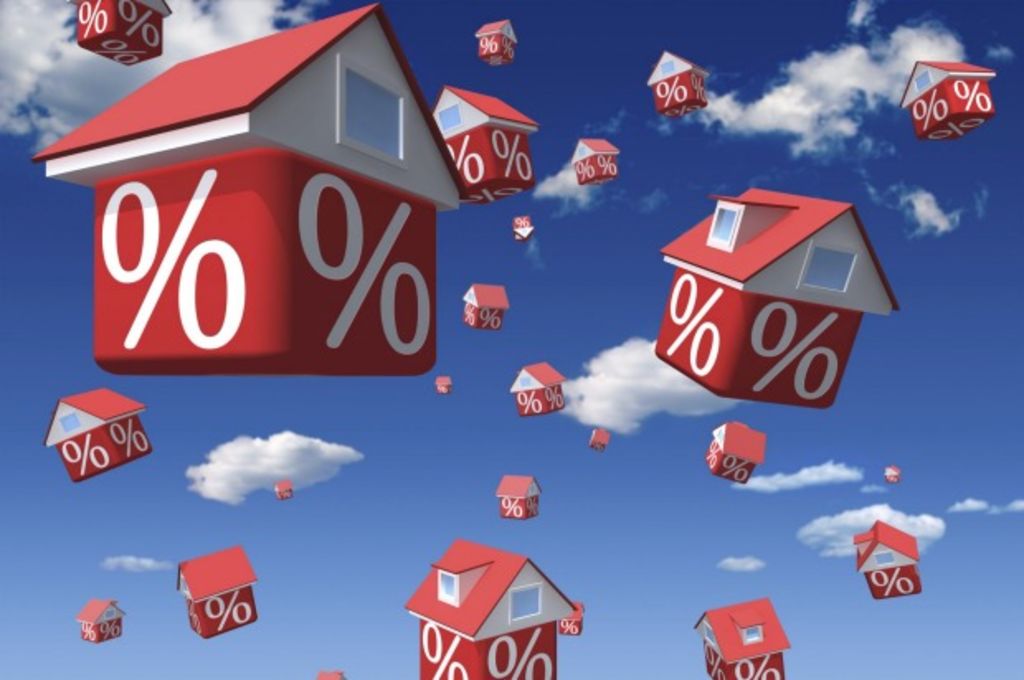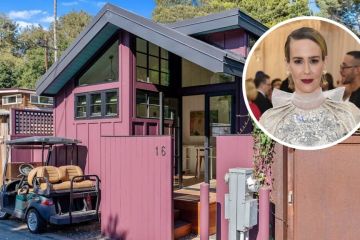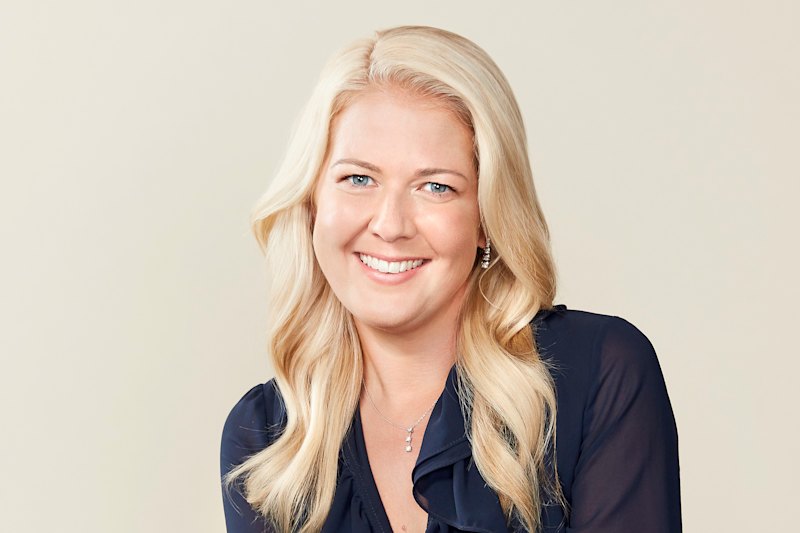Strong price results for most housing markets to start the year – more to come

Most capitals city housing markets have commenced 2017 with more strong results as house price growth continues to be fuelled by record low interest rates and generally heady confidence.
National house price up but growth rate slows
The national median house price increased by 2.2 percent over the March quarter to a new record high $801,204 and was 10.2 percent higher over the year. Although still a solid performance, the latest national result was well below the 3.5 per cent increase in the median house price reported over the December quarter 2016.
Unit prices rise modestly
The national median unit price increased modestly over the March quarter, rising by just 1.2 per cent to $558,824 with a number of markets reporting continuing price falls in this sector. The March result was the lowest since the December quarter 2015. The national median unit price increased by 5.4 per cent over the year ending the March quarter.

Sydney prices up again but boom fading
Sydney recorded another strong result over the March quarter with the median house price increasing by 2.8 per cent to a new record high $1,151,565. House price growth however has declined and was well below the 4.0 per cent recorded over the previous quarter. The Sydney median house price increased by $133,123 over the year – up 13.1 per cent.
The Sydney unit market reported another solid result over the March quarter with the median price increasing by 1.3 percent to $717,899. This was the fifth consecutive quarterly increase in unit prices, although the result was marginally below the 1.5 per cent recorded over the previous quarter. Sydney unit prices increased by 6.1 per cent over the year ending the March quarter.
Melbourne market still surging
The Melbourne housing market continues to produce boom-time results, with the median house price increasing by 4 per cent over the March quarter to a new record $843,674. Melbourne house prices surged by 15.2 per cent over the year which was the highest growth rate of all the capitals. The Melbourne median house price is $111,570 higher than that reported over the March quarter last year and has now increased over a record 18 consecutive quarters.
Melbourne unit prices also increased sharply over the March quarter, rising by 4.6 per cent to $494,589 and followed a similar strong result over the previous quarter when prices increased by 5.0 per cent. The Melbourne median unit price rose by a remarkable 12.5 per cent over the year ending the March quarter which was the highest annual rate of growth recorded by the local unit market since June 2010.

Brisbane home prices down
Brisbane house prices faded over the March quarter in what was a typically slow start to the year for the local housing market. The Brisbane median house price fell by 1.4 percent to $532,504 which was the sharpest quarterly decline reported by the local market since the September quarter 2011. Brisbane house prices increased by 3.4 per cent over the year ending the March quarter which was the slowest annual rate of growth recorded since June 2013.
Recent record levels of apartment building continue to impact the Brisbane unit market with the median unit price falling again and down by 3.8 per cent over the March quarter to $376,760. The March result was the sharpest quarterly decline in Brisbane unit prices recorded since December 2000. Prices have now fallen by 3.5 per cent over the past year.
Another solid result for resilient Adelaide market
The resilient Adelaide housing recorded another solid result over the March with the median house price increasing by 1.8 per cent to a new record high $514,853. The March growth rate was the highest recorded by the local market since the December quarter 2015 with the median house price increasing over 10 consecutive quarters. Adelaide house prices are up by 4.9 per cent over the past year.
Adelaide unit prices were steady over the March quarter with the median remaining at $302,079. Although prices were flat over the quarter, the median has fallen marginally by 1.3 per cent over the year ending the March quarter.

Perth prices remain subdued for now
The recent sharp decline in the local economy continues to impact the Perth housing market with the median house price falling by 1.8 per cent over the March quarter to a median of $561,165. The March result however followed an increase of 0.7 per cent over the previous December quarter providing an early sign that the local market may be stabilising after a lengthy period of decline. Although Perth house prices were down by 3.0 per cent over the year, this was nonetheless the lowest rate of annual decline recorded since June 2015.
Perth unit prices fell sharply over the March quarter down by 3.5 per cent to $368,791, the lowest quarterly median price recorded since September 2012. The March result however followed rises over the previous two quarters, with annual prices now down by 5.1 per cent.
Canberra house price boom
The Canberra housing market continues in boom mode with the median house price rising by a remarkable 5.3 per cent over the March quarter – the highest rate of all the capitals. The Canberra median has now exceeded $700,000 for the first time and at $705,059 has increased by 10.4 percent over the past year. The March result was the highest quarterly growth rate reported by the local market since December 2009.
Canberra unit prices fell for the second consecutive quarter over March – down marginally by 0.6 per cent to $401,661. Lower unit prices reflect the recent surge in apartment construction with the median now down by 2.0 percent over the past year.

Strong Hobart market still rising
Hobart house prices have continued the recent strong growth trend recording a 4.8 per cent increase over the March quarter to $389,625. The March result followed the previous December quarter increase of 3.5 per cent with the median house price rising by 11.9 percent over the past year. Hobart house prices are now rising by the fastest rates since the previous strong market conditions in 2010.
Hobart unit prices have also increased sharply over the past year, up by 14.3 per cent to a median of $294,493.
Darwin market now settling
The Darwin housing market is providing some early signs of settling after a lengthy period of subdued activity as a result of the recent downturn in the resources sector. The median house price increased by 2.9 percent over the March quarter to $589,914 although prices have fallen by 3.3 percent over the past year.
Darwin unit prices however continue to weaken reflecting recent record levels of new apartment supply pushing supply well ahead of demand. The median unit price has now fallen by 18.7 per cent over the past year to a March quarter result of $395,473.
Rates to determine house price outlook for 2017
Capital city housing markets continue to benefit generally from record low interest rates with growth levels varying according to the nature of local supply and demand factors. Melbourne, Sydney, Hobart and Canberra are however clearly responding to a recent resurgence in migration driving demand for housing and higher prices.
Although interest rates have remained on hold since the previous official cut in August last year, the national economy remains an underperformer generally with unemployment at a year-high and on the rise in a number of capitals. If the jobless rate continues to deteriorate, lower official rates are likely sooner rather than later.
Banks have however recently raised mortgage rates marginally to maintain profit margins squeezed in a record low rate, low inflation economic environment. Higher rates from banks can be expected to continue through the remainder of 2017 which may also encourage an offset from the Reserve Bank if economic conditions weaken.
The financial regulator has initiated national banking policies designed to curtail perceived risky investor lending despite most of the activity from this group been sourced in New South Wales. A reduction in the growth of rental properties will not be welcomed by tenants in the tight rental markets of Sydney, Melbourne, Hobart and Canberra with the likely outcome of still higher rents. Reduced investor lending will also be unwelcomed in underperforming housing markets of Perth, Darwin and Brisbane.
The recent change in stamp duty obligations for first home buyers in Victoria will likely result in a surge in activity from this group from mid-year with a significant increase in Melbourne prices as pent-up demand is released.
Underlying house price growth in Sydney, Adelaide, Brisbane, Canberra and Hobart should moderate with overall steady interest rates although demand will clearly remain ahead of supply in these markets.
Some early signs are emerging of a stabilising of the recent sustained falls in Perth and Darwin house prices although the journey back to sustained growth will be lengthy and dependant – particularly for Perth – on a recovery in the local economies.
Predications of an apartment glut and sharply falling prices have proved to be misguided in the Melbourne and Sydney markets with prices continuing to rise despite recent record levels of new development. International investors, particular from China, remain a significant source of buyer activity in these markets.
Supply in the Brisbane apartment market has however clearly moved ahead of demand with further price reductions likely in the outlook. Similarly, unit prices declines can be expected to continue in Perth, Darwin and Canberra.
Andrew Wilson is Domain Group Chief Economist Twitter@DocAndrewWilson join on LinkedIn and Facebook at MyHousingMarket
We recommend
States
Capital Cities
Capital Cities - Rentals
Popular Areas
Allhomes
More







